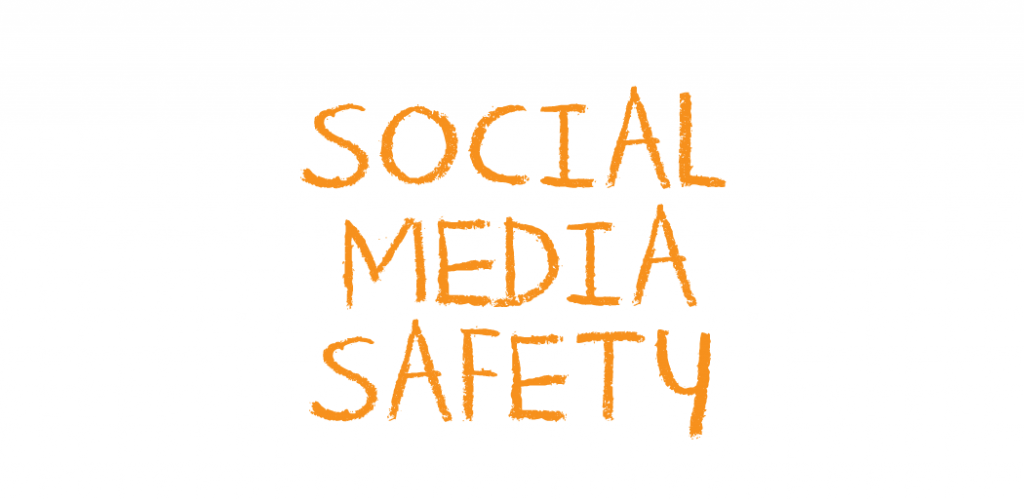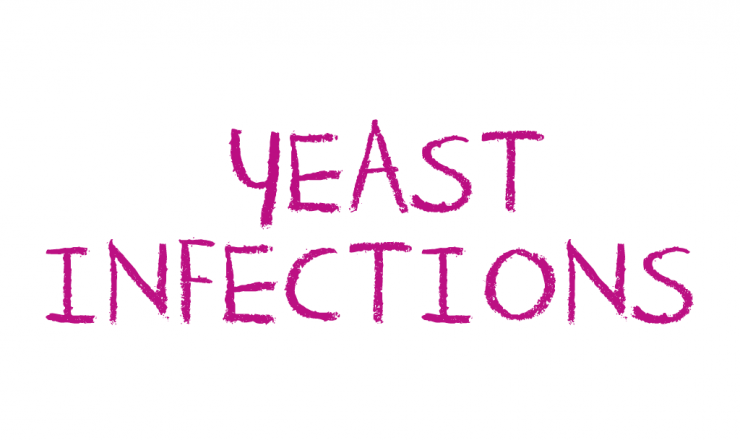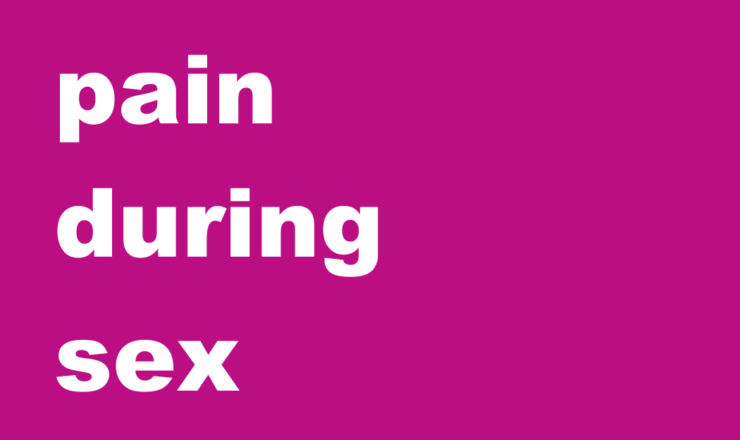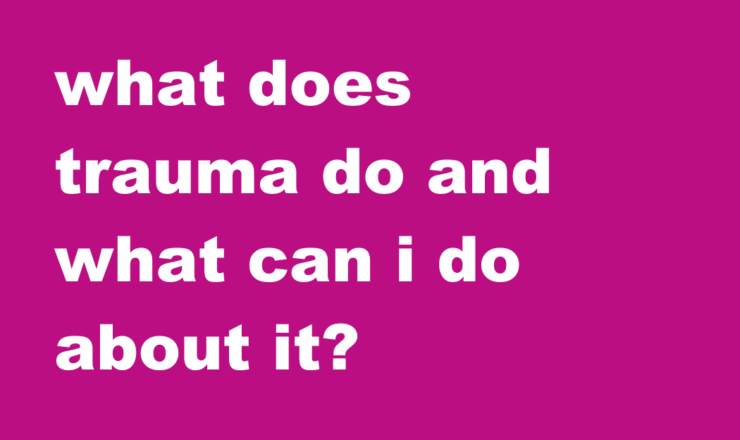Social Media Safety
This page covers things to consider while you work through what it means to have healthy relationships with other people while also being online. It talks about ways to protect yourself if your relationships become unhealthy or unsafe.
Before we talk about social media, let’s explain what we mean by a healthy relationship:
What are signs of healthy relationships?
Respect is an important part of healthy relationships. This means not only respecting each other as people, but also respecting our rights to privacy and choice. In a healthy relationship, if you have a problem you can talk about it openly and safely. Hopefully you’re able to come to a better understanding of each other’s needs or views. It’s about working together and supporting each other.
What are signs of an unhealthy relationship?
Relationships that aren’t healthy usually involve power differences that not everyone involved has agreed to. Possessiveness, insults, humiliation, manipulation, yelling, isolation, and ultimatums: these are things that people do when they’re trying to control someone else. These are not respectful behaviours. They can be a warning sign of abuse.
General Digital Safety
Whether or not you’re in a relationship, here are some basics to being safe online:
- When sharing something online (photos, messages, etc.), a lot of the time you lose the ability to control who sees it or what happens to it. It can help to consider what you’re okay with the public seeing or knowing (even with things you DM someone).
- Being protective of personal info can help with online safety. It’s generally a good idea not to publicly post your phone number or home address, and it’s usually recommended to keep your passwords and online banking info private. Beyond identity theft, this can also limit the reach or impact of an abusive partner.
- It’s okay to set boundaries and limits. You don’t have to be active on every online community if you don’t want to. You can opt out of being tagged in posts or photos if you’re not comfortable. Also, most social media platforms have “block” and “report” functions — use them if you need to limit someone else’s access to your profile, to stop them from sending messages, and/or to report them to the site’s administrators.
Discussing Digital Boundaries
Setting and discussing boundaries is a healthy thing for partners to do. Often these conversations don’t happen until after boundaries are crossed. Talking about them ahead of time can help.
Digital boundaries are things that you need from your partner to feel respected and independent about how you want to be online. Keep in mind that you and your partner(s) might have different social media needs, so be open to finding a compromise that works for all involved.
Some questions to consider when setting digital boundaries include:
- Do we tag each other in posts or photos?
- Do we have to follow each other on every platform?
- Can we post about our relationship (or our feelings about our relationship)?
- What types of photos are okay to post?
Consider talking about sexting and sending photos between you as part of this conversation. Are you interested in sending/receiving nudes or sexual messages? Is it okay if you or your partner downloads them onto a phone or other device? Should you ever delete them? This stuff can be especially tricky if people are under 18. For more information on sexting when you’re under 18, please check out Dating & Hooking Up: Apps & the Internet. [Link]
It can also be good to talk about stuff like how you feel about sharing passwords or if you want to keep your direct messages private. It’s okay to decide how much you want to share and how much you want to keep private in a relationship.
These conversations can be good ways to learn about how best to respect everyone’s different levels of concern around privacy. People have different audiences online (friends, family, potential/current employers), and might feel differently about how posting certain things could impact different areas of their life. Talking about these things can help you understand each other’s needs around what you’re comfortable sharing and how.
As part of this, consider talking about how you can best receive or give feedback if a boundary gets crossed. Figuring out ways to communicate early can make it easier if/when complications arise.
Online Abuse and Harassment
Here are some examples of behaviours that can be considered online abuse or harassment:
- Using social media to keep tabs on where someone is or who they’re talking to.
- Insulting someone privately or publicly on social media.
- Aggressively or constantly pestering for sexts or nude photos (especially after being told to stop).
- Demanding to look at someone else’s private messages.
- Controlling what social media accounts someone else can have, and who they can/can’t be friends with online.
Abuse and harassment are serious both online and offline. If someone is making you feel unsafe or attacked you may be able to report the harassment to site administrators, police, teachers or principals at your school, a manager or someone from Human Resources at work, or to your parents. If someone (even someone you’re in a relationship with) starts harassing you and you think you may decide to report it, it can be helpful to keep a record of messages they send or other harassing behaviour in case you need to give specifics or show patterns when making a report.
You may want to reach out for support from friends, family, or other people you trust to help you navigate protecting yourself, deciding whether to make a report, or taking care of your feelings around being harassed. It is okay to get support.
Social media when dealing with an abusive relationship
You may have to change how you use social media in order to ensure your safety when dealing with an abusive relationship. This change may be temporary or permanent. Some things to consider:
Blocking Your Abuser
An abusive person does not have the right to follow your accounts and updates. You can block them if it will make you feel safer.
Having a Secret Account
If you’re worried that blocking an abuser could set them off, consider having accounts or profiles that they don’t know about/can’t see. This lets you still have a private outlet for friends or family who might be helping you.
Updating Your Privacy Settings
Setting your accounts to private, only letting friends or family see posts, or making it so you can’t be tagged are all things you can do to prevent an abuser from seeing your online activity.
| ****NOTE**** |
|
You might also want to consider changing your passwords, especially if you’ve shared them with people.
When do you post?
Posting things about an event that you are at can let an abuser know where you are. Posting after you’ve left is a way of protecting yourself, but still sharing your experiences online. You can also turn off geo-tagging to hide your location from people trying to follow you that way.
Disabling Your Account
Some people feel safer shutting down their accounts. This can be either temporary (until an abuser stops tracking you) or permanent. You can open new accounts under new names, but be mindful of your privacy settings on those accounts and who you share them with.
Resources:
- loveisrespect.org
- Toronto Rape Crisis Centre/Multicultural Women Against Rape: trccmwar.org, 416-597-8808
For a downloadable resource on this topic, please visit Planned Parenthood Toronto Factsheet Database.
If you have questions about this topic, feel free to contact one of our peer educators. [Link]
Last Edited: May 2020






